Caveat emptor – let the buyer beware…
by Mike Gulett –
When a classic car model reaches a value level where creating a fake car can be profitable then dishonest people may take dishonest action by passing off a fake as the real thing.
Barn Finds
The growth in the “barn find” industry sets up the possibility of fake cars being “discovered” and then sold as a real barn find. This can be problematic if there are no reliable historical records from the manufacturer or there is not an organization like the Shelby American Automobile Club (SAAC) or a program like Ferrari Classiche to verify authenticity.
It is even more profitable when there is a significant car that is missing. The missing cars quite often are race cars that were destroyed or discarded when their racing careers were finished. A famous lost race car creates opportunities for unscrupulous people.
A barn find Mercedes 300 SL Gullwing with an alloy body sold in 2012 at the Gooding auction in Arizona for $4.2 million. The difference in value between an alloy body and a steel body 300 SL Gullwing is enough now that it certainly creates the profit potential to take the steel body off of a real 300 SL Gullwing, install an alloy body, find a way to create a believable document trail and sell it for a multimillion dollar profit.
This may not be possible because of the documentation of these cars but I wouldn’t be surprised if someone has at least thought about it.
1930 Bentley Speed Six – A Real Case
American lawyer Mercedes Brewer, 67, purchased the 1930 Bentley Speed Six from a UK dealer specializing in vintage cars. It was not until after she made the £425,000 ($642,150) purchase that she discovered the car had undergone some heavy modifications and had been altered to the point that the only remaining original feature of the Bentley was a small section of the chassis. The car didn’t even have the Speed Six engine.
The car dealership who sold her the car was ordered to pay £84,000 ($126,915) as the vehicle was deemed by the judge to be ‘no longer capable of being accurately described as a 1930 Bentley Speed Six car’.
Why would a dealer take advantage of an elderly lady? – Money that’s why.
Ferrari
Analogous to this is the cloning of certain cars starting with a similar chassis and engine such as converting a Ferrari 250 GTE into a Ferrari 250 GTO. The difference between the “E” and the “O” in the model name is worth more than $70 million or so. I think it would be nearly impossible to pass off a fake GTO as a real car because there were only 39 real GTOs made and they are all known and accounted for.
I use this as an extreme example because an expert constructor could make a GTO that is identical to an original GTO except for the history records. A more realistic example would be converting that GTE into a Ferrari Spider California or some other Ferrari from the late 1950s or early 1960s. There is less profit but it is still substantial. The Ferrari Classiche program has the potential to eliminate the problem of fake Ferraris, for a price.
Bizzarrini
There are some non-authentic Bizzarrini cars that have been for sale over the past few years. Because the chassis and suspension components are the same as the Iso Rivolta GT this presents the opportunity to build a replica Bizzarrini GT 5300 at a much lower cost than the value of a real one. So, we can be sure this has been done.
Shelby GT350
It is easy to buy a 1965 or 1966 Mustang Fastback and put all of the Shelby parts on the new car and make it look and drive just like a real Shelby GT350.
Why isn’t this a big problem? Because all a buyer need do is note the Shelby VIN and the Ford VIN on the car in question and then contact the Shelby American Automobile Club (SAAC) and see if the two numbers match in their database, which they will check for free for members. If yes then it is a real car if no then it is a fake. The SAAC also publishes a World Registry that “protects the authenticity of all Shelbys and Cobras, and this directly reflects their overall values” according to the SAAC web site.
What about the Shelby Cobra? It is also easy to make a fake Cobra as evidenced by all of the Cobra clones made over the past few decades – except for the SAAC history. A prudent buyer should check the VIN number and the car history with SAAC before buying.
Auto Union D-Type Silver Arrow – A Happy Ending
There is the well publicized case of Auto Union D-Type Silver Arrow that was up for auction by Christies in 2007 at the Retromobile exhibition in Paris. At the last minute they pulled the car because of some questions about its authenticity. It turned out to be a real Auto Union D-Type Silver Arrow but was chassis no. 19 and not no. 21, which won the French Grand Prix in 1939. This car was subsequently sold in Carmel, California by Bonhams in 2009.
Imagine how embarrassed everyone would have been, not to mention the financial problems, if No. 19 would have been sold as No. 21? This was an honest mistake but it proves the point of the difficulty of determining the history of a specific car. This race car is now in the Audi museum which is a great place for a car of this stature.
What About Clones?
A clone is a replica of a more valuable car that the creator represents as a replica, not an original. But what happens years later after several ownership changes? Is it possible that an unscrupulous owner could change the history of a clone car, that was originally presented honestly, and now present it as a real car? Yes, this could happen and probably has happened. It is also possible that with the passage of time the real history becomes vague.
There can be many victims in a situation like this. The current owner could be someone who bought the car from a seller who also believed it to be real. When the current owner discovers he owns a clone instead of a real car he will likely seek compensation from the person he bought the car from, who is now also a victim. The legal issues can become very complicated.
American Muscle Cars
There are many opportunities for fake cars in the American Muscle Car market because of the large number of cars made and the thriving after market for parts.
Just about any model can be recreated (like the Shelby GT350) from a much less valuable model and sold as the real thing. This is easy because all of the parts are available and once the fake is created the only way to tell it from a real one is to investigate the history and documentation, study the VIN number and maybe hire an expert to provide an opinion.
Art
The art world has had a problem over the years with fake art. I remember reading that Salvador Dali was paid money to sign several blank canvases, which were then painted on by Dali copycats and sold as authentic Dali art. While this is not as easy in the car world this does present a problem for a buyer, or seller, of Dali art.
An article from the New York Times had this to say about fake art,
The resale of fakes is a persistent and growing problem without a good solution, say collectors, dealers, artist estates and law enforcement agencies. Although the Federal Bureau of Investigation can seize forgeries in criminal cases, these represent only a tiny portion of the counterfeit art that is circulating.
“They churn through the market,” James Wynne, an F.B.I. special agent who handles art forgery cases, said of fakes.
How To Promote A Fake Car As If It Were Genuine
Assuming you are inclined to pass off a fake collector car as a genuine real car, you have a fake car that looks close to real and you have created documentation that supports the story you want to tell – here are some methods to promote and help create a false history and sense of security for the unsuspecting buyer.
Naturally, I am not suggesting this be done by anyone, I am trying to help honest buyers be aware of how they might be fooled.
Create a fake history that seems plausible.
Publicize the fake history in publications like classic car web sites and car magazines that in the future will provide some “credibility” for the fake car.
Write your own book and include the fake car.
List the fake car at an auction company that does not check the history very closely and even if the car doesn’t sell you have the auction catalog with your history written down (anything in an official publication adds credibility to the story).
Have the fake car shown at a well known Concours d’Elegance – the more prestigious the better. No need to win a prize – just be there with a description and photo in the catalog. I call this “laundering” the fake car. It is being authenticated by a prestigious organization.
Advertise the fake car in broadly read publications like Hemmings, or many of the classic car magazines – not for the purpose of selling but for creating a history trail.
Advertise the fake on eBay with a very high reserve and pull the ad before the auction ends. This helps create a “buzz” around the fake car. Maybe something like this could be done on Bring a Trailer but it would be more difficult.
Create a YouTube video publicizing how important this fake car is and work to have it published by collector car web sites.
Comment in popular classic car forums and blogs and mention your fake car and have some way of identifying your car and use this many times so when the car comes to market it will be remembered. Something like “this car was found many years ago on Cyprus”.
Find a way to have your fake car featured on a television show. This is not easy but certainly adds credibility.
Advertise your fake car at a price that is 30% to 40% less than a real version is worth, which will be much more than the fake car is really worth.
Advertise a car for sale that you don’t really have but is close to the fake you do want to sell. When prospective buyers call tell them the car has sold but you have another one they may like (known as bait and switch).
Let us know what you think in the Comments.
Portions of this article were originally published in 2014 and 2015.


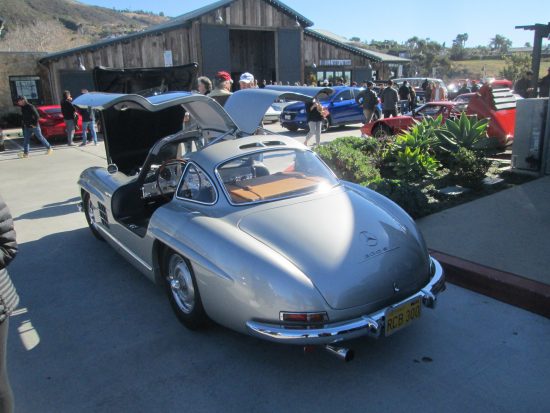
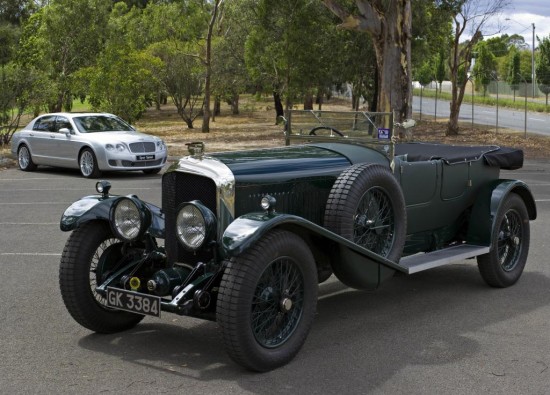
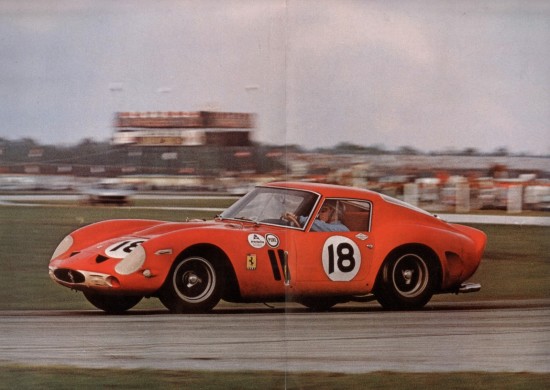

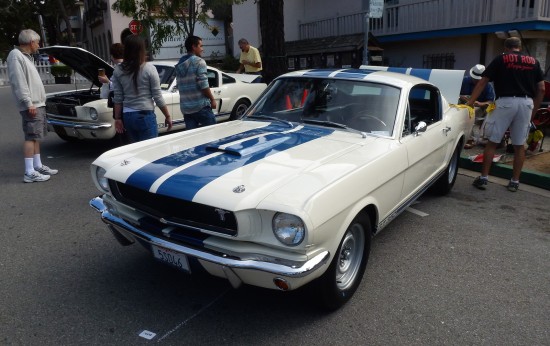
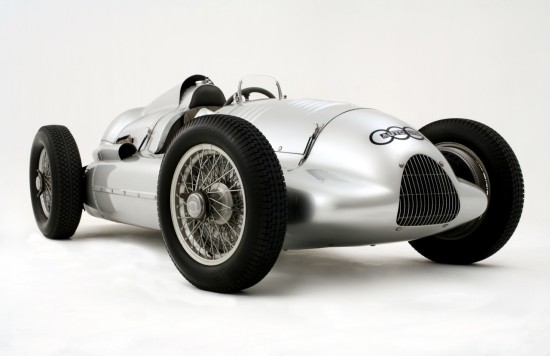
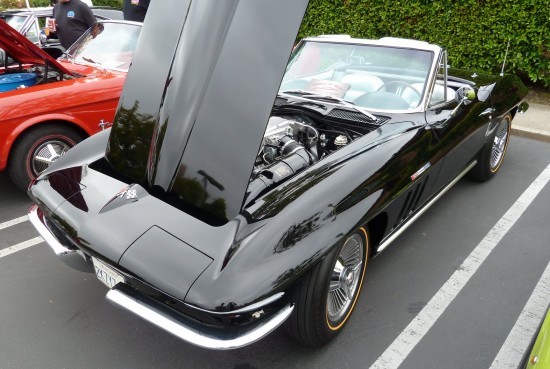




I thought you might be interested in this link regarding the Bentley Speed Six http://www.stanleymann.com/stanley_mann_wins_appeal.html.
While you highlight a very real problem, in this case many believed that Stanley Mann had described the car correctly. It cost him many thousands of pounds to defend the case and it nearly destroyed his business.
Eric,
Very interesting, I did not know this – thank you for sharing.
It seems to me that a lot of Chevy SS clones are around, where the owners take a Chevelle, Nova, or Impala, and turn them into the SS versions, which is not that difficult to do. Some honest hobby restorers actually refer to them as SS tribute cars, and do it out of a labor of love, and because they cannot afford the actual versions. You sometimes see them at auctions on tv, and they are featured a lot in Hemmings Muscle Cars, as are the equivalent Mopar and Ford muscle cars, but I wonder how many “fakes” are sold without full disclosure at inflated prices.
Glenn, I also wonder how many of these “tribute” cars will be promoted as real cars in the future by a subsequent owner who did not build the car?
I remember first reading about the Auto Union in a news article in Autoweek describing a find in Latvia. It was destined for a scrap yard, if I recall correctly. Only the memories of the older Grand Prix patrons saved that one! Who would think to document anything when the mad dash to save it consumed most of the efforts? Now that the famous older Cuban cars are being found to be running Soviet Jeep engines and running gear do we realize the fine efforts to keep these old gems about on the roads are a que to the efforts of former block peoples to stay mobilized. Someday maybe somebody will showcase those who save a great car by locking in the completed product as is. No patina, just the saved project to highlight the economy and ingenuity of a people dealing with being separated from mainstream economies. I think that could be interesting…
AUTO UNION Type D Christie`s 2007 was “an honest mistake”. Not quite: After having checked through the Christie`s catalogue before printing I noticed the mistake with the chassis-number and called Rupert Banner. I also told him that I got hard evidence of this very car. He asked me for the expenses for Christie’s if I came from Hannover (Northern Germany) to London to give a press conference to unveil the correct facts my quick reply was 5k Euro. This answer in writing was “Christie’s will not pay that!” After being withdrawn from the auction Christie’s published as the reason “Further investigation into the racing history of the car” which was wrong, too.
Also: the car was not sold at the Pebble Beach auction some years later.
Full story will be a chapter in my book to come “Verschleppt – gesucht – gefunden – Die AUTO UNION Grand Prix-Wagen ab 1945” (Deverted – most wanted – untraced The AUTO UNION Grand Prix cars from 1945)
Martin Schroeder
Martin,
Is it now in the Audi museum?
Reputation in a dealership is so important, because trust makes your customer return for your product. So most dealerships that sell high dollar cars will do their best to validate the historic accuracy of their claims in an effort to properly represent their offerings.
That said, cars as investments have not required “provenance” until recently. Oral ownership chains, however, do NOT constitute accurate provenance and since most “Barn Find” or neglected cars often will have years of unknown conditions and storage impacting the originality. Even honest sellers very often hide early history modifications that appear “original” to most people (40 year old dust on a 50 year old weld looks original on a 60 year old car).
The most important research one can do on a car is to understand the total picture that your car fits in. NEVER buy a car that appears to have an isolated history. A documented car will have sound evidence of being in this world with photos, period details, and papers that verify the history. If your car appears to have been “hidden” and “no one knows about it” – start looking for cross referenced information. If you can’t find it, chances are that car does not exist as an authentic part of history.
Great advice Raffi. I think we have all seen the car for sale or auction that has been”hidden” for years and no one knows about it.
There was on of these at a recent Monterey auction that had a fantasy story description that only the seller could believe.